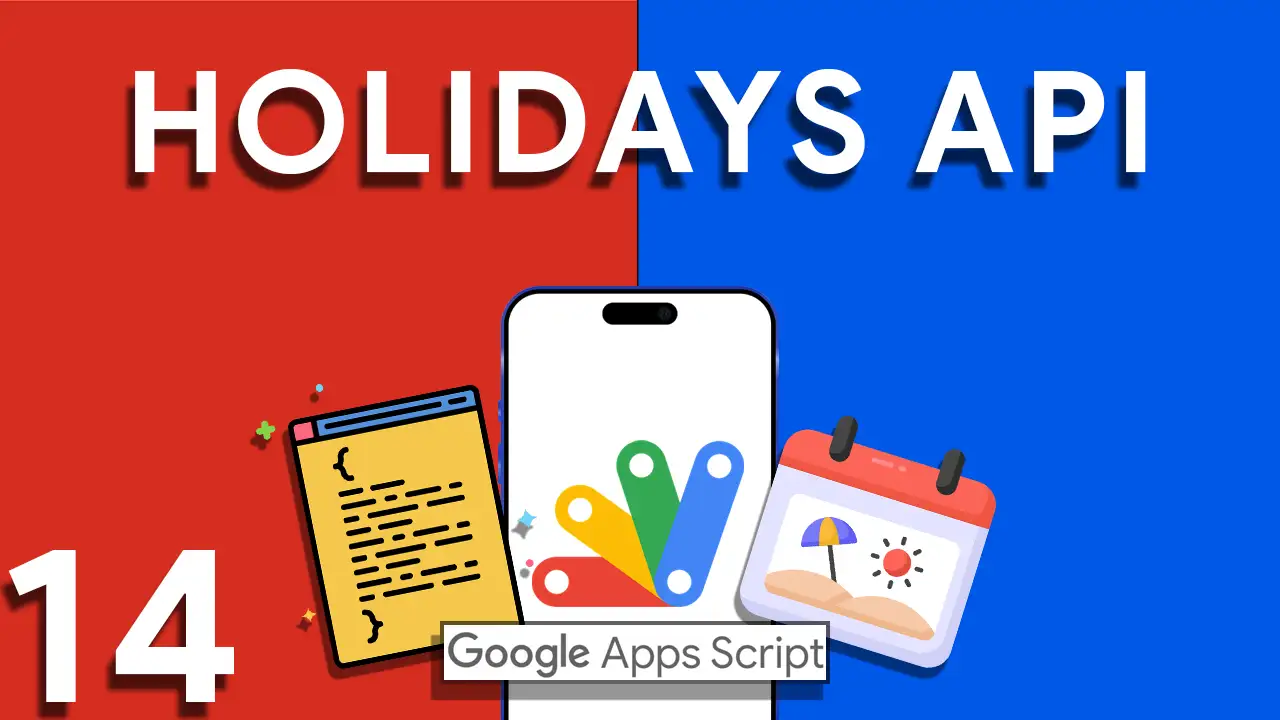Efficient data management is at the core of every successful application. AppSheet, a versatile no-code platform, allows you to create custom apps tailored to your unique data needs. In this comprehensive guide, we’ll explore the process of connecting AppSheet to Supabase as a data source. By the end of this tutorial, you’ll be able to harness the power of Supabase’s open-source database capabilities in your AppSheet applications.
Connecting AppSheet to Supabase
Supabase is an open-source platform that offers a PostgreSQL database with a user-friendly interface, authentication, and real-time capabilities. Integrating Supabase with AppSheet provides a robust backend for your no-code applications. Here’s a step-by-step guide on how to connect AppSheet to Supabase:
Step 1: Create a Supabase Account
- If you don’t have a Supabase account, sign up at Supabase to get started. Supabase offers free and paid plans to suit your needs.
Step 2: Create a Database
- After logging in to Supabase, create a new database or use an existing one to store your app’s data.
Step 3: Define Your Data Structure
- Set up tables and columns within your Supabase database to match your app’s data requirements. This includes defining data types and relationships.
Step 4: Configure Data Access
- In Supabase, configure access control to define who can access and manipulate data in your database. This ensures data security and privacy.
Step 5: Obtain API Key and Endpoint
- To connect AppSheet to Supabase, you’ll need the API key and endpoint. These credentials will enable AppSheet to communicate with your Supabase database.
Step 6: Configure Data Source in AppSheet
- In your AppSheet account, navigate to the Data section and select “Data Sources.” Create a new data source and choose “External Database” as the type.
Step 7: Enter Supabase Credentials
- Provide the API key and endpoint obtained from your Supabase account in the data source configuration within AppSheet.
Step 8: Define Tables and Views
- Specify the tables or views from your Supabase database that you want to use within your AppSheet application.
Step 9: Test Data Source Connection
- Validate the connection between AppSheet and Supabase to ensure data retrieval and synchronization are functioning correctly.
Practical Use Cases for AppSheet and Supabase Integration
- Real-Time Data Sync: Create apps that rely on real-time data updates from your Supabase database, such as collaborative task management apps.
- User Authentication: Utilize Supabase’s authentication features to secure access to your AppSheet application, ensuring data privacy.
- Complex Data Relationships: Manage intricate data relationships and hierarchies with ease by leveraging Supabase’s relational database capabilities.
- Offline Data Access: Allow users to access app data even when offline, with data synchronization occurring when they regain connectivity.
- Scalable Backend: Benefit from the scalability of Supabase’s infrastructure, ensuring your AppSheet apps can handle increasing data loads.







